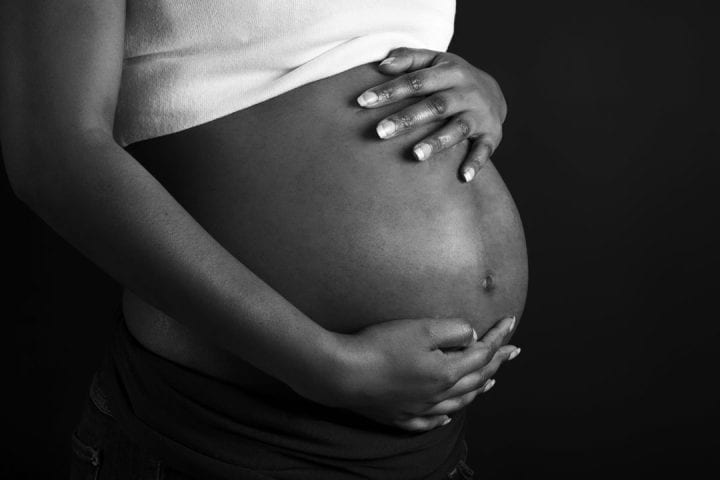2024-05-01 カリフォルニア大学校アーバイン校(UCI)

“One in 5 women report experiencing elevated depressive symptoms within the year after giving birth,” says lead author Isabel F. Almeida, UC Irvine assistant professor of Chicano/Latino studies and director of the Latina Perinatal Health Lab. “Symptoms of depression following the birth of a child can have adverse effects for mothers, children and families, so it’s vitally important that we work to understand the causes.” Getty Images
<関連情報>
- https://news.uci.edu/2024/05/01/placental-hormone-spike-in-late-pregnancy-linked-to-postpartum-depressive-symptoms/
- https://www.sciencedirect.com/science/article/abs/pii/S030645302400074X?via%3Dihub
妊娠中の胎盤コルチコトロピン放出ホルモンの軌跡: 産後の抑うつ症状との関連 Placental corticotrophin-releasing hormone trajectories in pregnancy: Associations with postpartum depressive symptoms
Isabel F. Almeida, Gabrielle R. Rinne, Mary Coussons-Read, Christine Dunkel Schetter
Psychoneuroendocrinology Available online:21 March 2024
DOI:https://doi.org/10.1016/j.psyneuen.2024.107030
Highlights
•This study is among the first to use a person-centered approach to characterize pCRH trajectories during pregnancy.
•We identified three prenatal pCRH trajectories labeled as typical, flat, and accelerated.
•Each trajectory showed exponential increases in pCRH levels over pregnancy but differed in overall levels and rates of change.
•Pregnant women with accelerated pCRH trajectories reported marginally higher depressive symptoms at one and six months postpartum.
Abstract
Objective
Depressive symptoms following birth are common and can have adverse effects for mothers, children, and families. Changes in hypothalamic-pituitary-adrenal (HPA) axis regulation during pregnancy may be implicated in the development of postpartum depressive symptoms, particularly changes in placental corticotropinreleasing hormone (pCRH). However, few studies have tested how dynamic pCRH changes over pregnancy relate to postpartum depressive symptoms. This preregistered investigation tests associations of both pCRH levels and changes from early to late pregnancy with postpartum depressive symptoms. Methods: The sample consists of 173 women studied in early, mid, and late pregnancy who later reported on depressive symptoms with the Edinburgh Postpartum Depression Scale during interviews at 1, 6 and 12 months postpartum. Blood samples were collected at each prenatal timepoint and assayed for pCRH using radioimmunoassay. Latent growth curve analysis was employed to identify distinct trajectories of pCRH during pregnancy.Results: We identified three prenatal pCRH trajectories labeled as typical, flat, and accelerated. Each trajectory showed exponential increases in pCRH levels over the course of gestation but differed in overall levels and rates of change. pCRH levels were not associated with postpartum depressive symptoms. However, women with accelerated pCRH trajectories reported marginally higher depressive symptoms one month postpartum. Primary analysis models adjusted for marital status, income, prepregnancy BMI, parity, prenatal depressive symptoms, and gestational age.Conclusions: These findings add to our understanding of dynamic changes to maternal HPA axis regulation during pregnancy and contribute to growing evidence on how pCRH changes relate to the development of postpartum depressive symptoms


